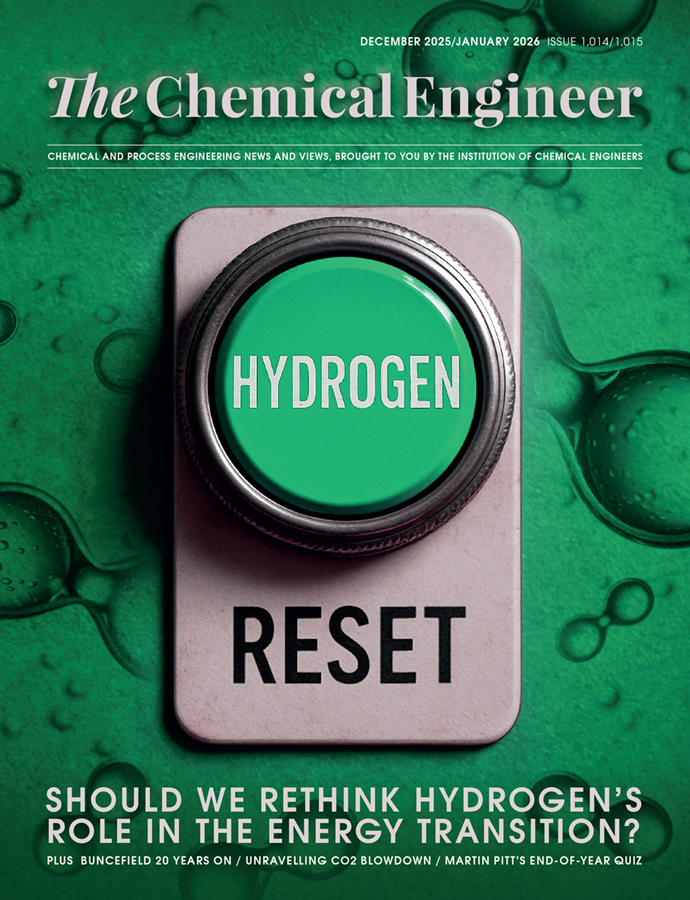Demystifying Engineering Projects Part 3: FEED and Detailed Design
In part three of his four-part series, Steven King concentrates on front-end engineering design (FEED) and detailed design, bridging the gap between concept and construction
Quick read
- FEED Phase Focus: The FEED phase refines project scope, cost estimates, and technical uncertainties, with key deliverables like process flow diagrams and approved P&IDs
- Hazard Studies: HAZOP studies identify hazards and operability issues, integrating safety measures and assessing deviations from design intent
- Change Management & Collaboration: Managing changes from FEED to detailed design is critical, requiring re-HAZOP studies and ongoing multi-disciplinary collaboration to avoid delays and cost overruns
FRONT-END engineering design (FEED) sets the stage for detailed engineering by transforming preliminary concepts into well-defined plans. Sometimes referred to as basic engineering, or FEL-3 (front end loading 3), this phase focuses on narrowing down the technical and financial uncertainties identified during the feasibility and pre-FEED stages. The output of this phase is a set of project specifications that can guide detailed design.
Multi-disciplinary collaboration is crucial during FEED. Depending on the size and nature of the project, involvement of other engineering disciplines such as mechanical, piping, civil, electrical, process safety, and control and instrumentation may be required.
Front-end engineering design
The main objectives for the project team during FEED are to:
- develop a practical engineering system from the concepts defined in pre-FEED
- provide a refined cost estimate, typically to within +/-10–20% of the total project cost. This will vary slightly depending on level of FEED definition on a given project
- refine project scope and boundaries to minimise scope creep
- prepare for regulatory approvals and procurement of long-lead items
FEED deliverables
For process engineering, typical FEED phase deliverables are marked as “approved for design”. Some (non-exhaustive) process engineering deliverables are as follows:
- Comprehensive process flow diagrams (PFDs)
- Firm basis of design document: The document defining the key process parameters upon which unit operation should be sized and designed
Hydraulic studies and line sizing: Ensuring the design is robust enough to appropriately size pipework and rotating equipment, such as centrifugal pumps, for all design cases (startup, normal operation, turndown, design, etc) - Preliminary pressure relief studies: Ensuring that all pressure relief valves have been sized appropriately, covering all overpressure scenarios, discharging to a defined safe location and have the correct valve type. It should provide the detailed designers with enough information to work iteratively with vendors to select the right valve
- Detailed simulations with heat and mass balances (H&MBs) to optimise the process and establish operational parameters: Simulations for all foreseen operating modes should be covered. For example, if it is a catalytic process then the catalyst performance at end-of-life will be lower, putting a greater strain on other unit operations, such as heat exchangers. This should be well understood and accounted for in design
- Approved for design piping and instrumentation diagrams (P&IDs): This is a key requirement for HAZOP and at the very epicentre of all FEED deliverables. All roads lead back to the P&ID
- Equipment data sheets and specifications: Equipment items, such as vessels, heat exchangers, and pumps should have process datasheets. This will allow other disciplines, such as vessel engineers and heat transfer specialists, to create engineering datasheets for procurement and construction
- Refinement of the basis of safety: The plant basis of safety is a live document, refined at FEED, which should be updated continuously during the lifetime of the plant. It should form a part of operator training. An example of this is in chemical reaction hazards. The basis of safety should contain details of all reactions, the hazards associated and the safeguards
- Trip and alarm schedule
- Cause-and-effect matrix: The trip and alarm schedule as well as the cause-and-effect matrix are key items for a successful HAZOP and safe plant. They define the trips and interlocks of the plant, along with setpoints (eg High-High Pressure (PAHH) set at XX barg), and specify the clear actions for each trip, such as “close valve XV-100”
Recent Editions
Catch up on the latest news, views and jobs from The Chemical Engineer. Below are the four latest issues. View a wider selection of the archive from within the Magazine section of this site.




